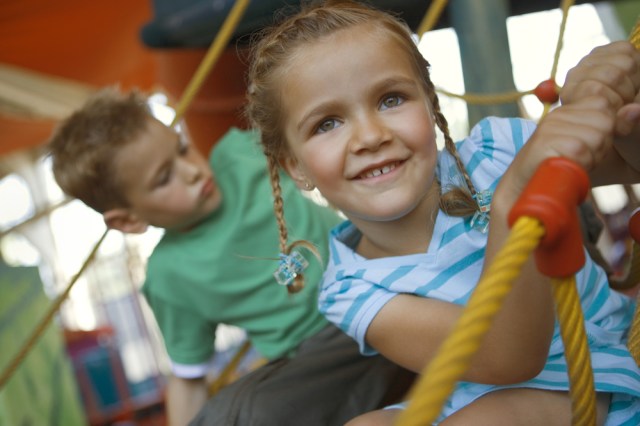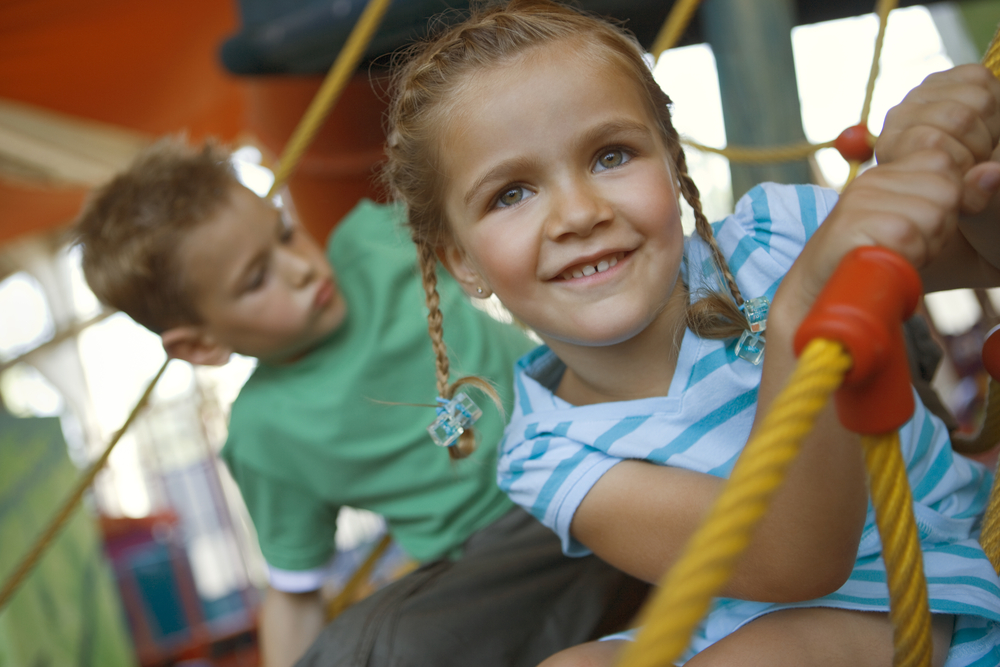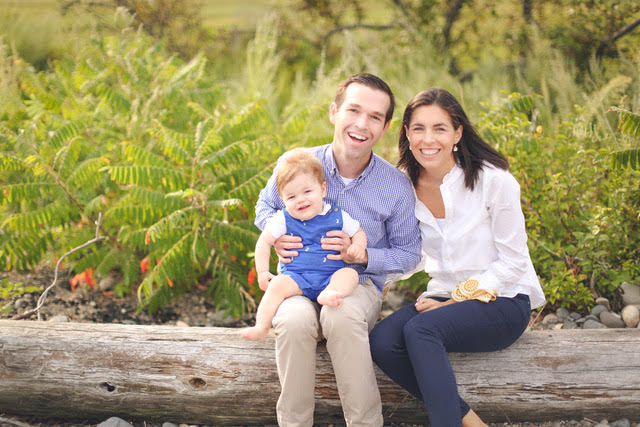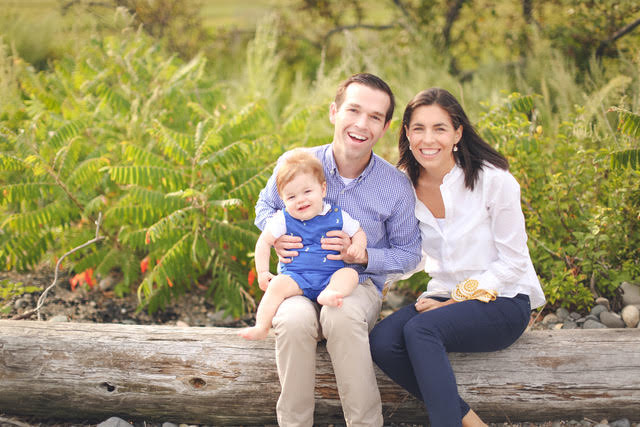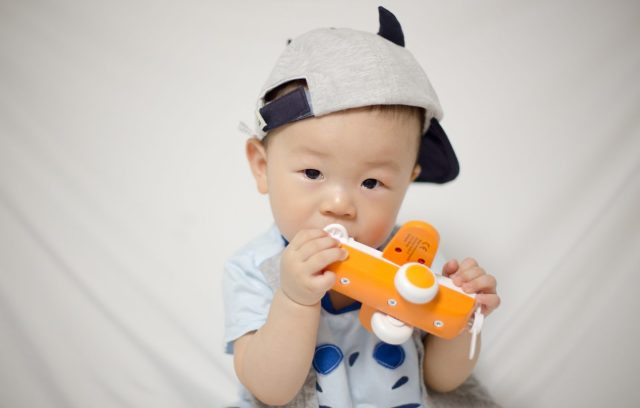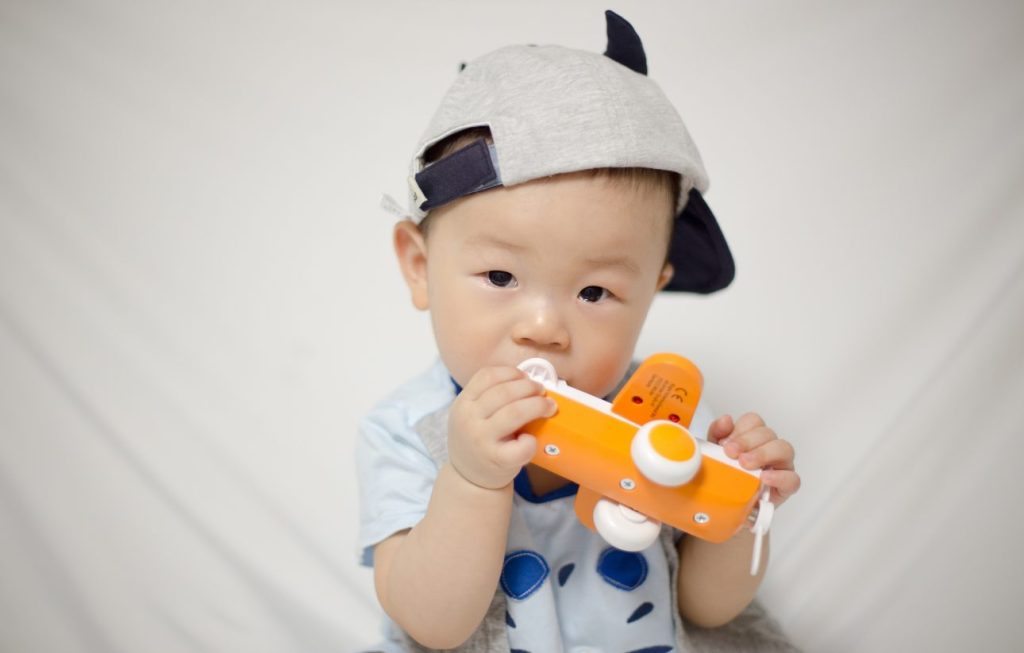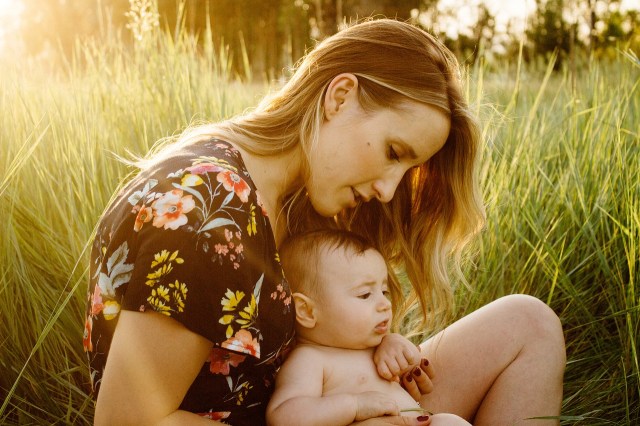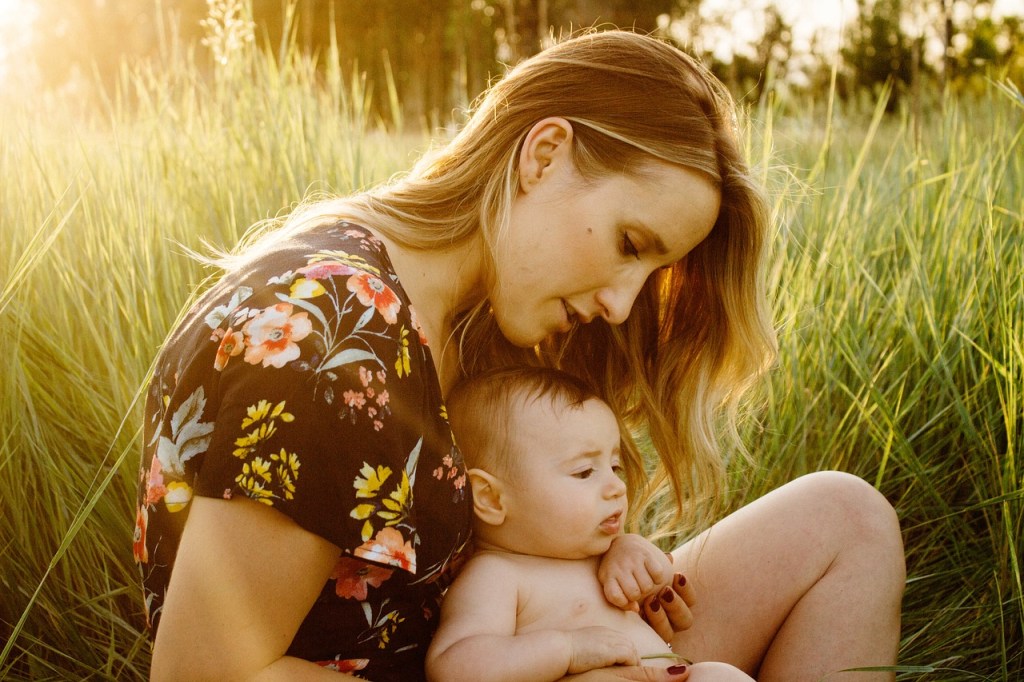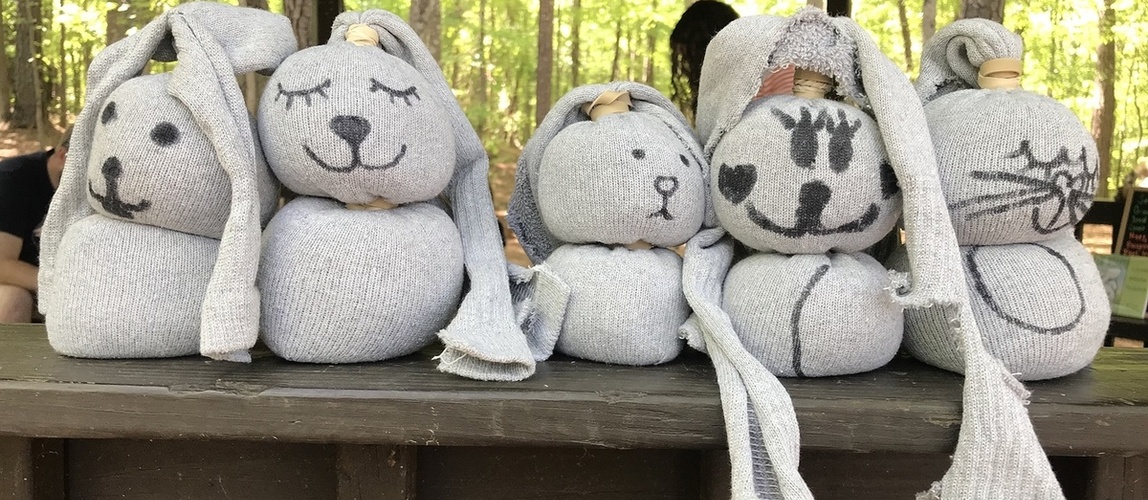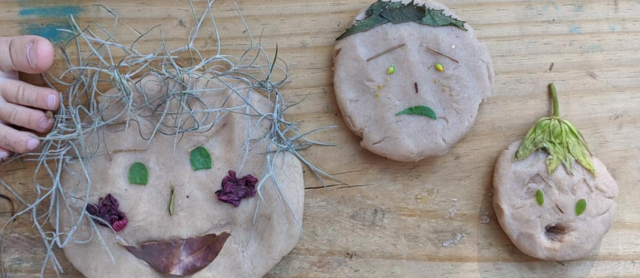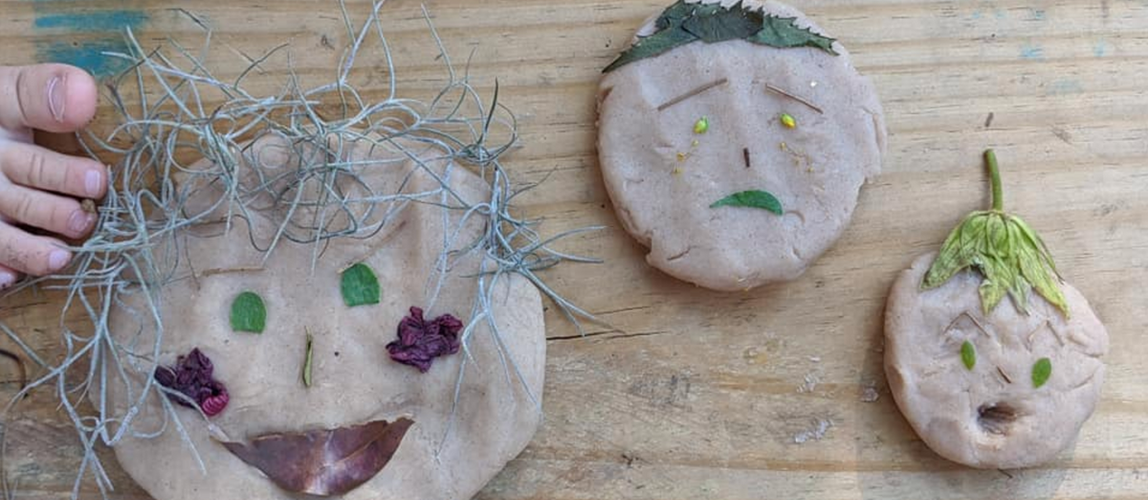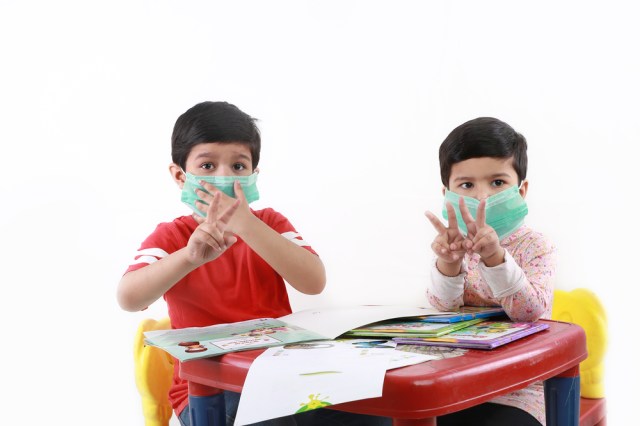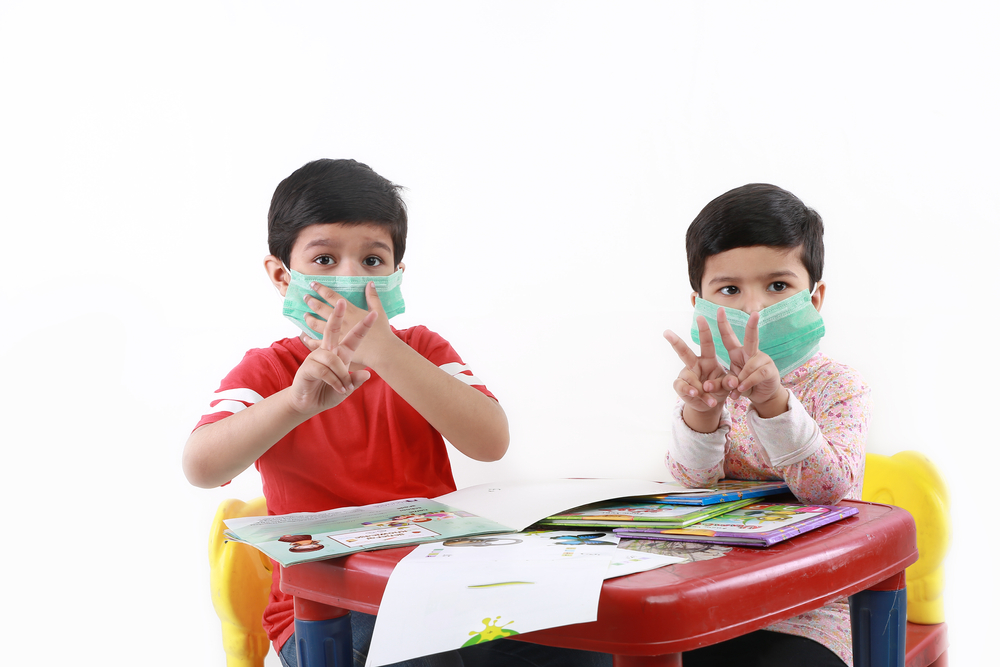
The effect of stress on our health has become a major topic of conversation over the last few decades because our lives are continuously becoming more stressful. We live in a society that values ‘busyness,’ and believes that success is tied to action.
This is one of many reasons that makes navigating fertility challenges so stressful. We work so hard at it, invest so much energy, time, and money—we expect success because that is what we’ve been conditioned to expect. So, when pregnancy doesn’t happen and we feel we are doing everything we can, we begin to feel powerless. This lack of control can be frustrating and difficult.
Enter STRESS. Decades of research on the associations between stress and infertility have made this connection well-known and accepted. Encouragingly, there is as much data that suggests that mind-body practices can effectively reduce stress, mitigate the infertility experience, and perhaps even enhance reproductive outcomes.
As Maté outlines in “When the Body Says No: Understanding the Stress-Disease Connection,” stress can be characterized as having four major causes: 1) lack of control, 2) uncertainty, 3) emotional isolation, and 4) inability to express emotions (2003). If you’ve had or are experiencing fertility challenges, you’re probably nodding your head thinking that these stressors pretty well sum up a life with infertility. When you’re told to relax, this often has the opposite effect, increasing the stress response. We are often left without the knowledge or tools to deal with stress. Also, the situations that cause stress will not go away and tend to cycle monthly.
If these stressors are inherent to the fertility journey and cannot be reduced, how can you minimize stress so you can support your fertility efforts? The prescription of staying stress-free, although based in truth, is extremely over-simplified and almost impossible. The good news is that we can control the way we deal with stress and the effects that it has on the body. We can periodically take our bodies out of the stress response and into the relaxation response. But first, we need to be able to identify stress in our bodies. Let’s break down the three stages of stress, known as the General Adaptation Syndrome, as described by Hans Seyle:
- Alarm. When our bodies are in stress response, our body sends us warning signals that things are getting out of control. These warning signals can wear a variety of faces: a) physical – headaches, insomnia, loss of appetite or binge eating, teeth grinding; b) behavioral – alcohol or drug abuse, compulsiveness, restlessness; c) emotional – aggression, irritability, frequent crying; d) cognitive – impaired concentration, judgmental thoughts, racing mind, blaming, and distortions in thoughts like all or nothing thinking, or jumping to irrational conclusions.
- Resistance. This is when the alarms are going off, but we choose to ignore them.
- Exhaustion. After ignoring the symptoms, our bodies take control and slam on the brakes. This usually comes in the form of falling ill as our immune systems are compromised from being in heightened stress response for too long.
Once you’re able to identify stress, you can begin coming up with a stress management plan to help combat it. The three “A’s of Change” can be a useful framework to begin:
- Awareness. Become aware of your warning signs. What are your alarm bells? Behavioral, Cognitive, Physical, Emotional?
- Acceptance. Acceptance does not mean giving in. Recognizing and accepting is key to moving on. By saying, “I am sad, and sadness is a normal human response. It’s ok,” we acknowledge the warning signals and can begin to process our stress.
- Action. This is the step that is often the hardest because it involves changing our old habits. Rather than reaching for a bottle of wine or the TV remote, find what brings you genuine ease (often bringing the attention inward). List a few options that you can follow to deal with the stress: take a bath, go for a walk, take a restorative yoga class, meditate, or simply stop and breathe deeply. Be preemptive in your action–when you know you have a particularly stressful procedure or appointment coming up, begin a few days before to deep breathe, meditate, and visualize positive outcomes.
Ask yourself (and be honest with yourself), do you take the time needed to increase your relaxation with mind-body practices? If your honest answer is no and you think you need a little help or motivation, start looking for that support. Find nice short walks in nature nearby and locate restorative or fertility yoga classes. Find classes online for meditation or yoga and schedule this time into your calendar. Make a promise to yourself to do it, and don’t break that promise. Relaxation takes practice – it’s not as easy as saying, “I am now going to be a relaxed person.” Just like any other skill, this takes time and commitment to make it part of your life. You can’t expect to relax on cue after spending weeks, months, or years in a state of chronic stress.
And finally, let’s reframe our view on relaxation from ‘doing nothing’ and make it more accessible to our ‘doing’ mindset. You are doing something profound, nurturing, and supportive of your fertility that does not involve huge amounts of money, medication, time, or energy. Relaxation is a proactive activity to support your fertility that you can control. You are preparing your body to be as receptive as possible to whatever measures you are taking to conceive.








